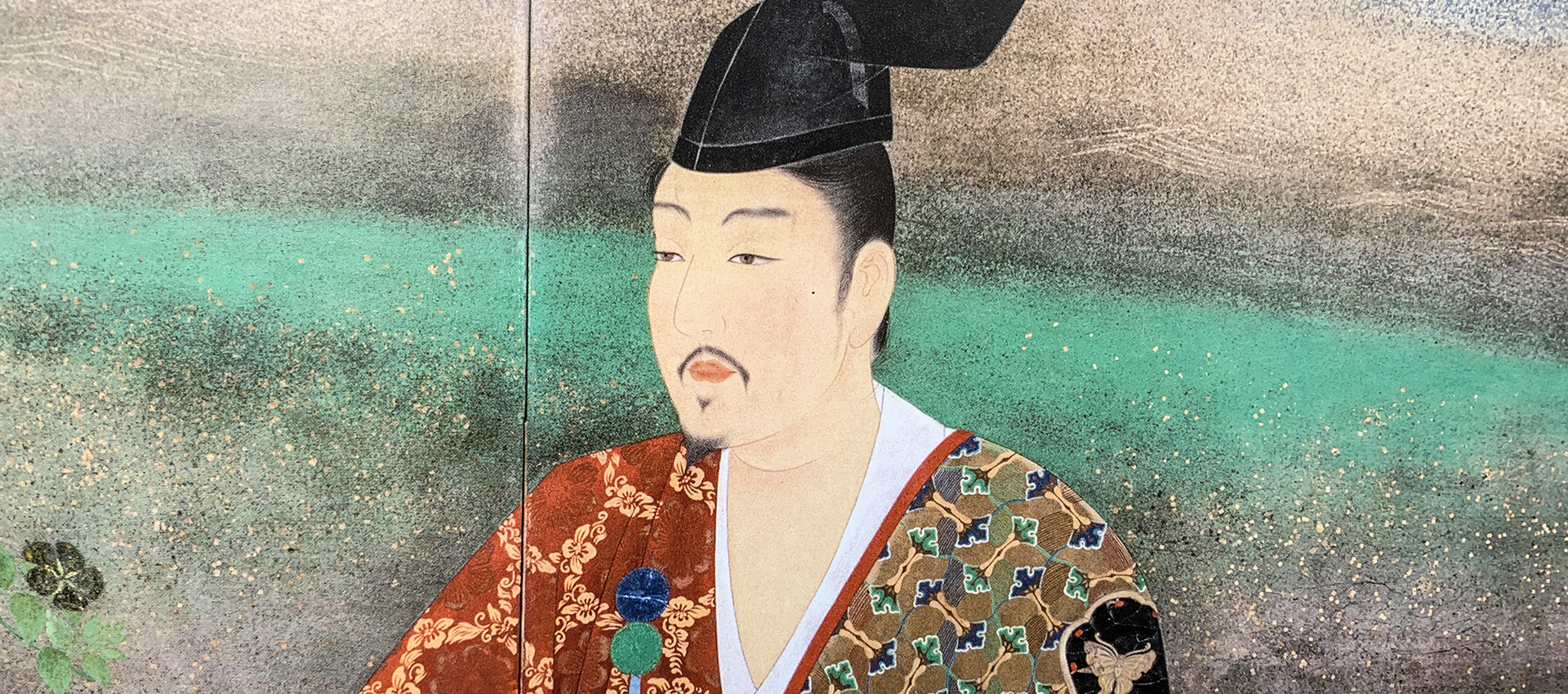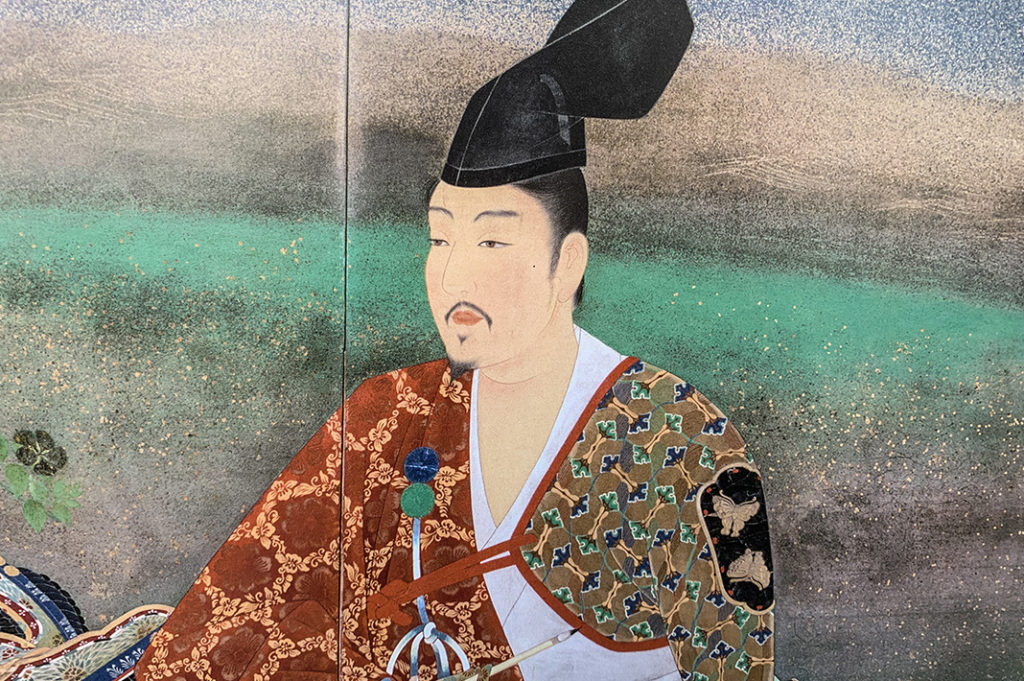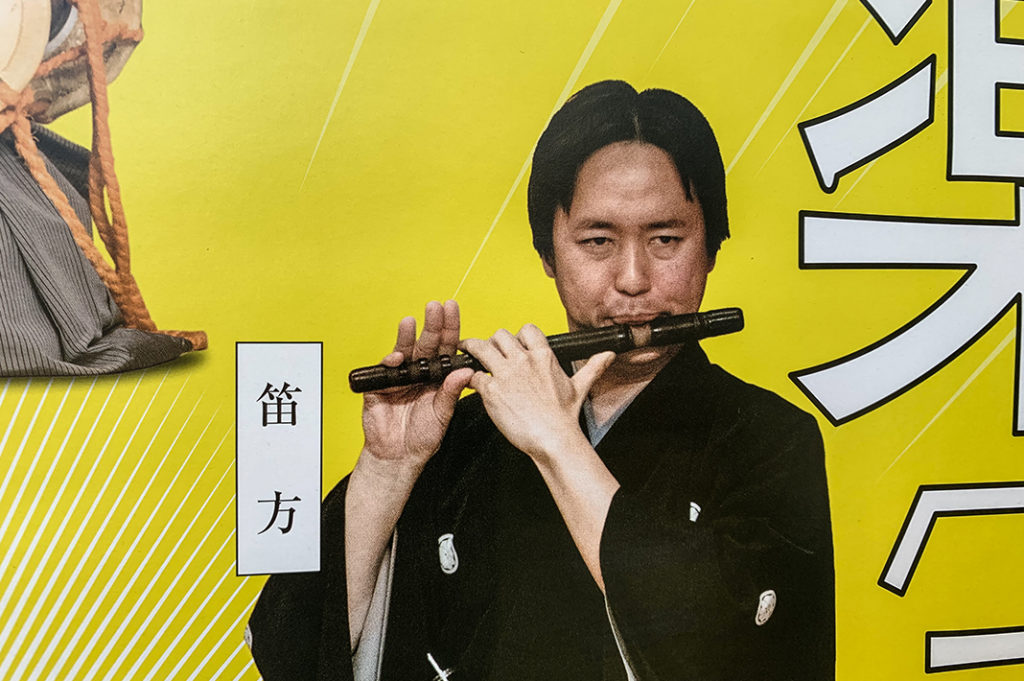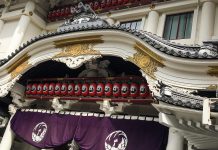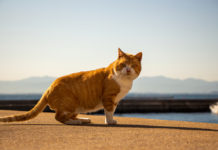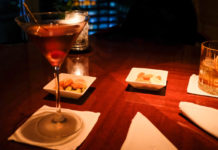Most theater fans both in Japan and abroad have heard of kabuki. The bright costumes, and operatic performances are famous the world over. Kabuki, however, is only one of several performance types that have originated in Japan. From the masks of Noh theater to the puppets of bunraku, a range of traditional Japanese theater forms persist today. Some live performances can be difficult to enjoy without Japanese. However, many forms offer an exciting spectacle that requires absolutely no Japanese to enjoy. It may not be to everyone’s taste, but traditional Tokyo theater offers a cultural experience unlike any other. Best of all, you can just sit back and watch.
Noh and Kyogen
Tokyo’s oldest dramatic form also differs the most from what you may expect from a night at the theater. The dance and drama performances date back to the 1300s and watching one feels like stepping back in time.
You may not understand much of the chanted dialogue, but, then again, most Japanese people don’t either. Instead, you can enjoy the sights and sounds of the slow-moving masked figures as they seem to float around stage. Many stories are dream-like and feature ghosts and other supernatural elements. Noh performances also feature kyōgen. These are shorter comedic performances that take place between the longer dramatic ones.
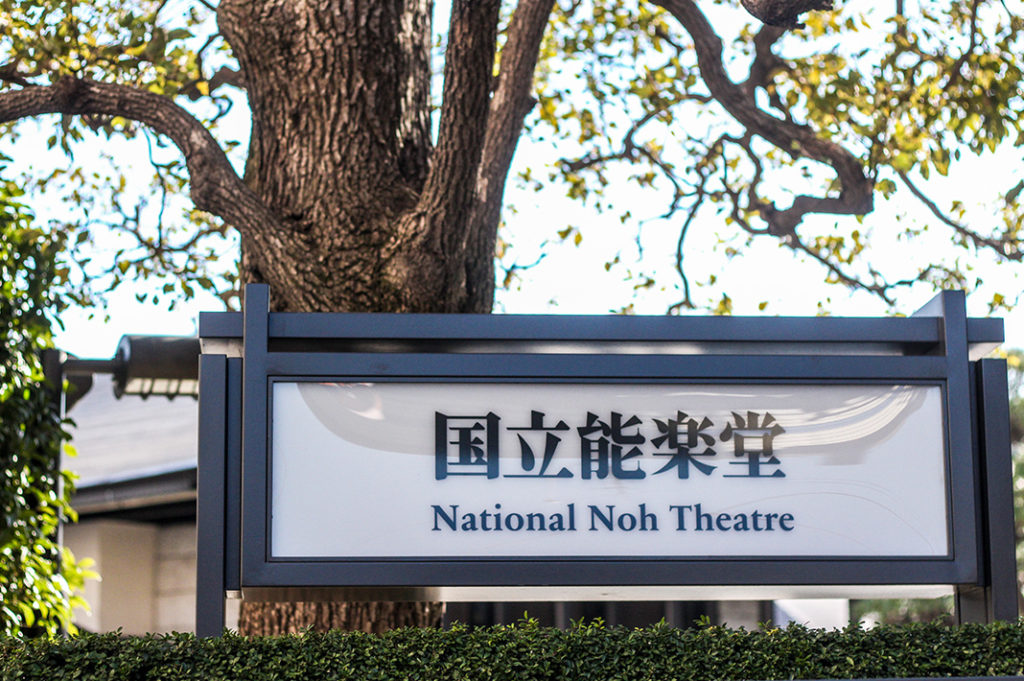
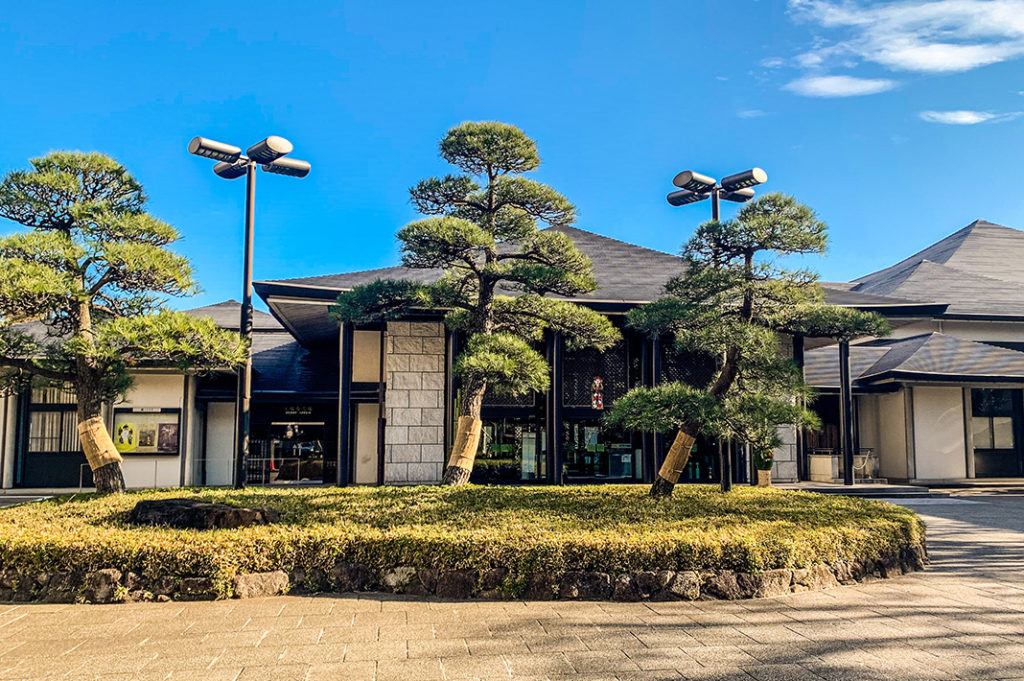
The National Noh Theatre is located in Sendagaya; you can check on performances and purchase tickets through the Japan Arts Council Website here.
Kabuki
Kabuki is a little more recent and a little more popular than Noh. The colorful performances date back to the early 1600s. To this day, performers continue to enact everything from folk tales to historical pieces. Like Noh, emotions are purposefully heightened, but the shows couldn’t be more different. Instead of ethereal movements and droning chants, Kabuki performances explode off the stage with bombastic dancing and dialogue.
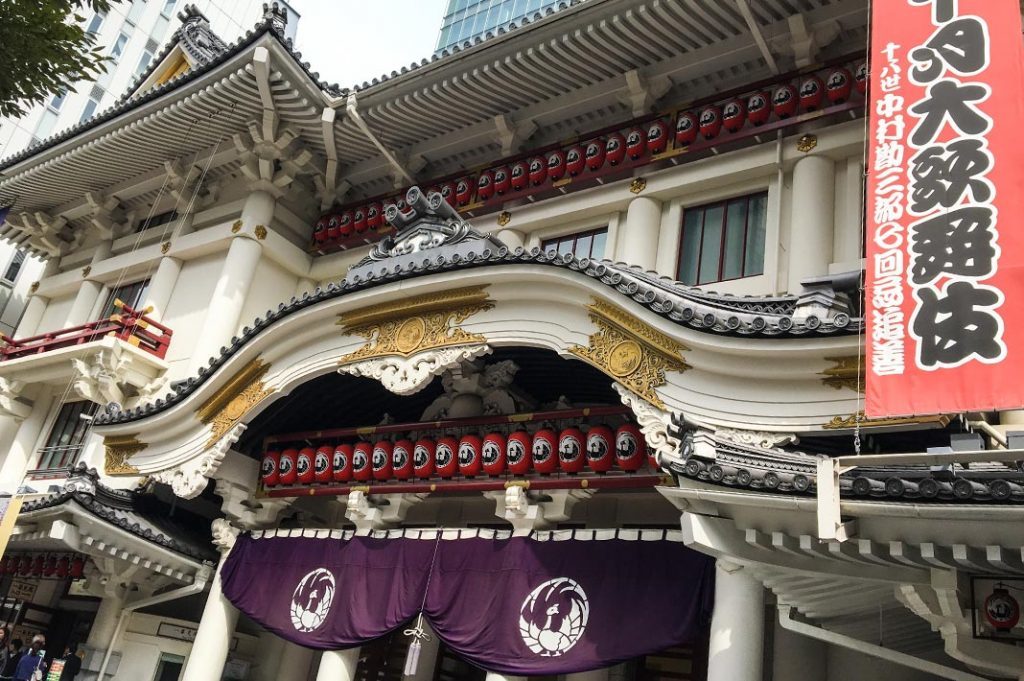
The easiest way to see Kabuki is at the national Kabuki-za in Ginza. Tickets are surprisingly cheap, especially if you plan to see a single performance rather than a full, multi-hour program. If you want to follow along with the Japanese, the theatre has English audio guides for hire. For a schedule, check the theatre’s website here.
Bunraku Performances in Tokyo
Even less well known than Noh is Japan’s traditional puppet theater. Bunraku features elaborate hand-crafted puppets operated by several puppeteers at once. Stories are similar to those of Kabuki, but often narrated primarily by the musicians that sit near the stage. Bunraku sprung up from Osaka in the 1600s and the National Bunraku Theater remains there to this day. Performances, however, frequently make their way to Tokyo and you can check the Japan Arts Council website for more information on where and when you can catch sight of the ornate puppets.
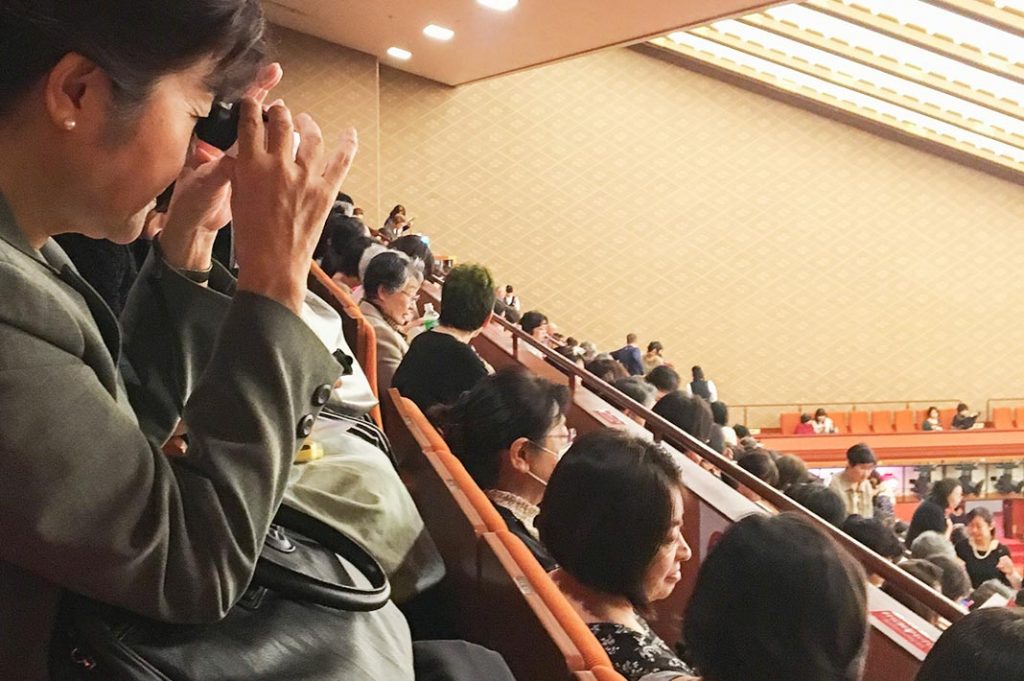
Choosing Your Tokyo Theater Experience
Some visitors to Japan may hesitate to view theatre in another language. However, daring theatre-goers are unlikely to find disappointment. Lavish costumes, sets, and musical performances make any traditional Tokyo theatre outing a memorable one. If you’re a hardcore theatre buff or more of a casual fan, consider taking in a show or two on your trip.
Post by Japan Journeys.



